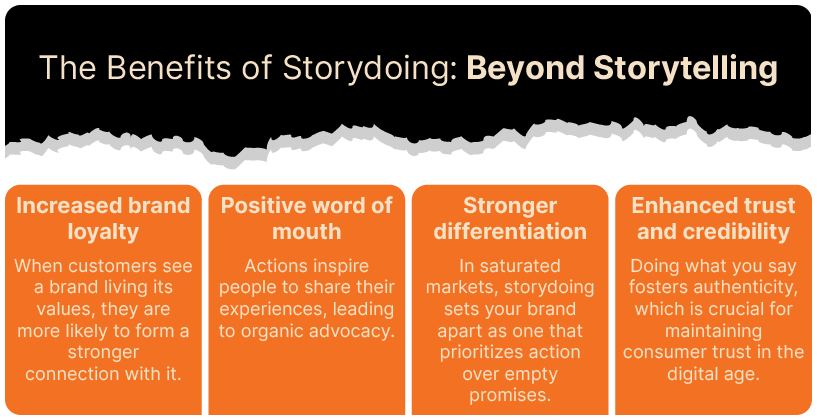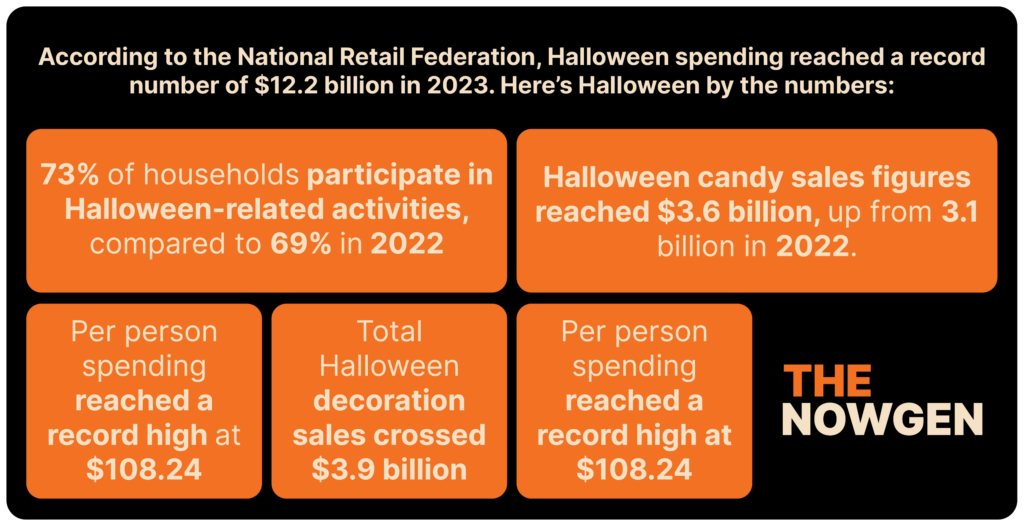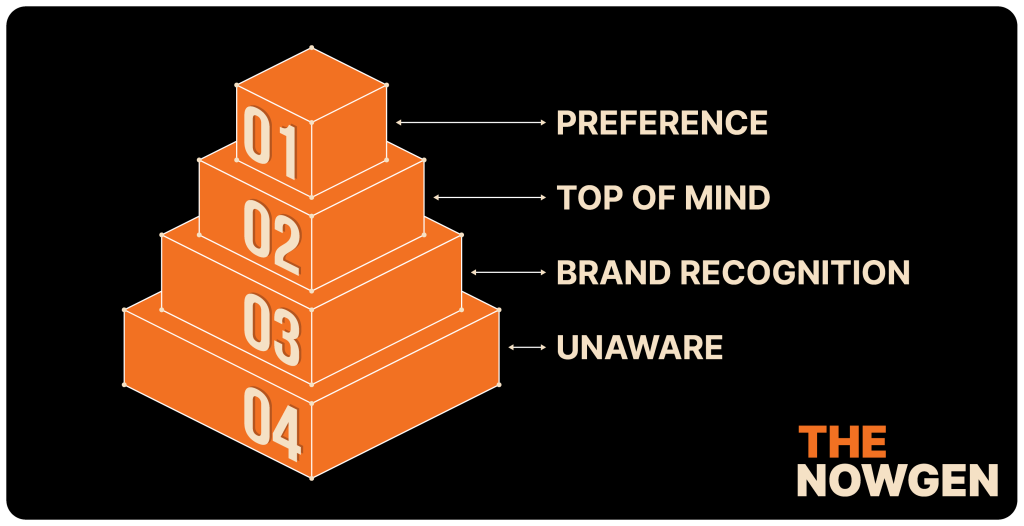
Storytelling has been the backbone of human communication for centuries. From cave paintings to oral traditions and modern marketing campaigns, stories connect us emotionally and help us make sense of the world. For brands, storytelling became a staple for building trust and relatability. But as the digital landscape evolves, storytelling alone isn’t enough. Consumers seek brands to go beyond the narrative and bring stories to life through actions.
What is Storydoing?
Storydoing takes storytelling a step further. Instead of just sharing a compelling narrative, storydoing focuses on creating real-world actions that embody the brand’s purpose. It’s about living your story rather than just telling it. For example, instead of a campaign that talks about sustainability, a storydoing brand might commit to zero-waste operations or plant a tree for every purchase.
The shift from words to actions makes brands not only more credible but also more memorable in the minds of their audience.
From Words to Actions: The Core Principles of Storydoing
To transition effectively into storydoing, brands must focus on purpose, empowerment, consistency, and measurable impact. Start by defining a clear mission that aligns with authentic, purpose-driven initiatives. Engage your audience by inviting them to actively participate in your brand’s actions, transforming them from passive consumers into empowered contributors. Ensure consistency by aligning your message across all channels, from your website to social media, creating a cohesive and recognizable narrative. Finally, measure and showcase the tangible outcomes of your efforts, building trust and accountability with your audience through transparent results.

How to Transition from Storytelling to Storydoing
Making the leap from storytelling to storydoing requires a strategic approach. Here’s how:
- Evaluate your brand’s story: Identify the core values and messages you want to embody through action.
- Engage your team: Ensure that everyone in your organization understands and aligns with the transition.
- Start small: Launch pilot initiatives that reflect your storydoing values and scale up as you gather feedback.
- Collaborate with your audience: Co-create initiatives with your customers, inviting them to join the journey.
- Communicate your progress: Share updates on what you’re doing and the impact it’s creating.
Case Studies: Storydoing in Action
1. Patagonia: Activism as a Brand Mission
Patagonia isn’t just a retailer; it’s an activist brand. Through initiatives like donating 1% of sales to environmental causes and encouraging customers to repair rather than replace clothing, Patagonia brings its environmental mission to life.
2. Dove: Real Beauty Campaigns
Dove transitioned from storytelling ads to tangible actions by funding programs promoting body confidence in young people, aligning with their goal of fostering self-esteem.
3. TOMS: One-for-One Model
TOMS revolutionized corporate responsibility by making giving back a core part of their operations. For every product sold, they provide a pair of shoes or services to someone in need.
The Future of Brand Engagement with Storydoing
As consumers demand more transparency and action from brands, storydoing is poised to shape the future of engagement. Brands that embrace this approach will build stronger, more meaningful relationships with their audiences. Technology, such as blockchain and social platforms, will enable brands to showcase their actions and foster a sense of community involvement like never before.
Storydoing isn’t about abandoning storytelling—it’s about enhancing it with action. By turning narratives into tangible efforts, brands can deepen connections with their audience, foster loyalty, and differentiate themselves in a crowded marketplace. The future of branding belongs to those who do, not just those who say.






















